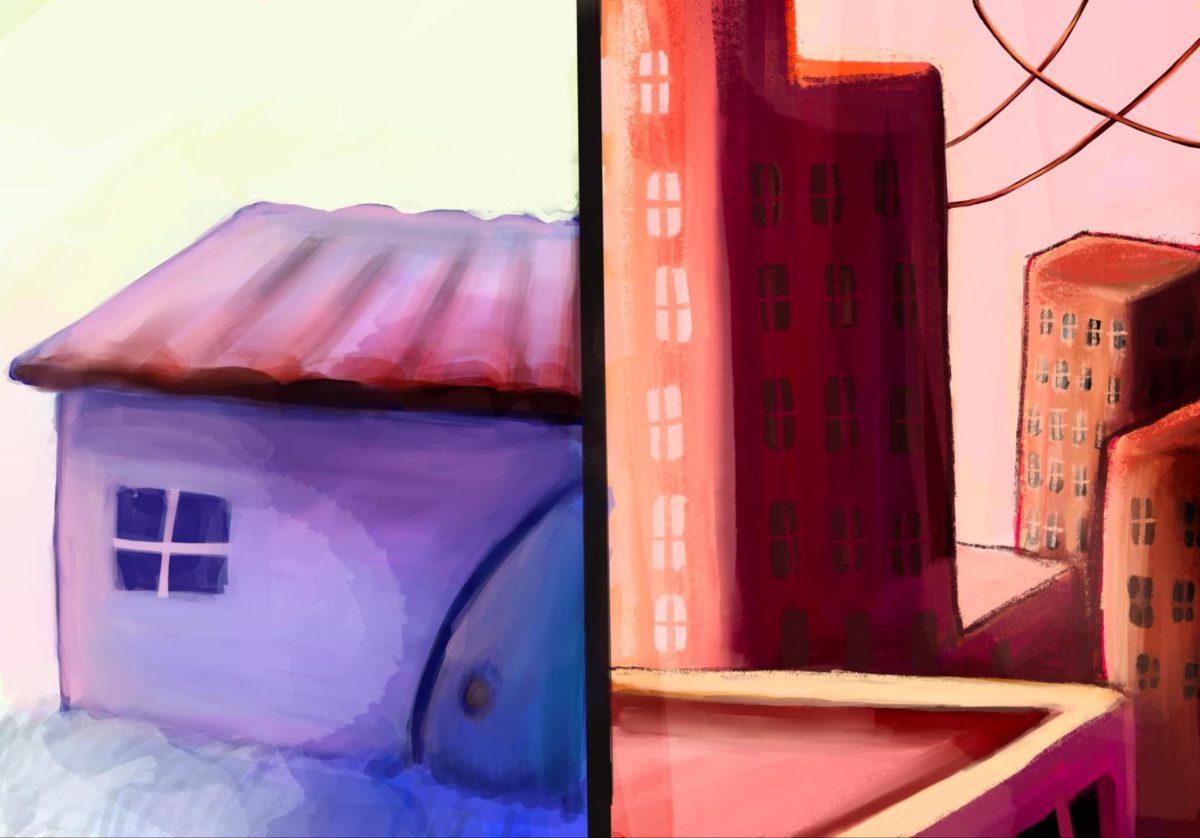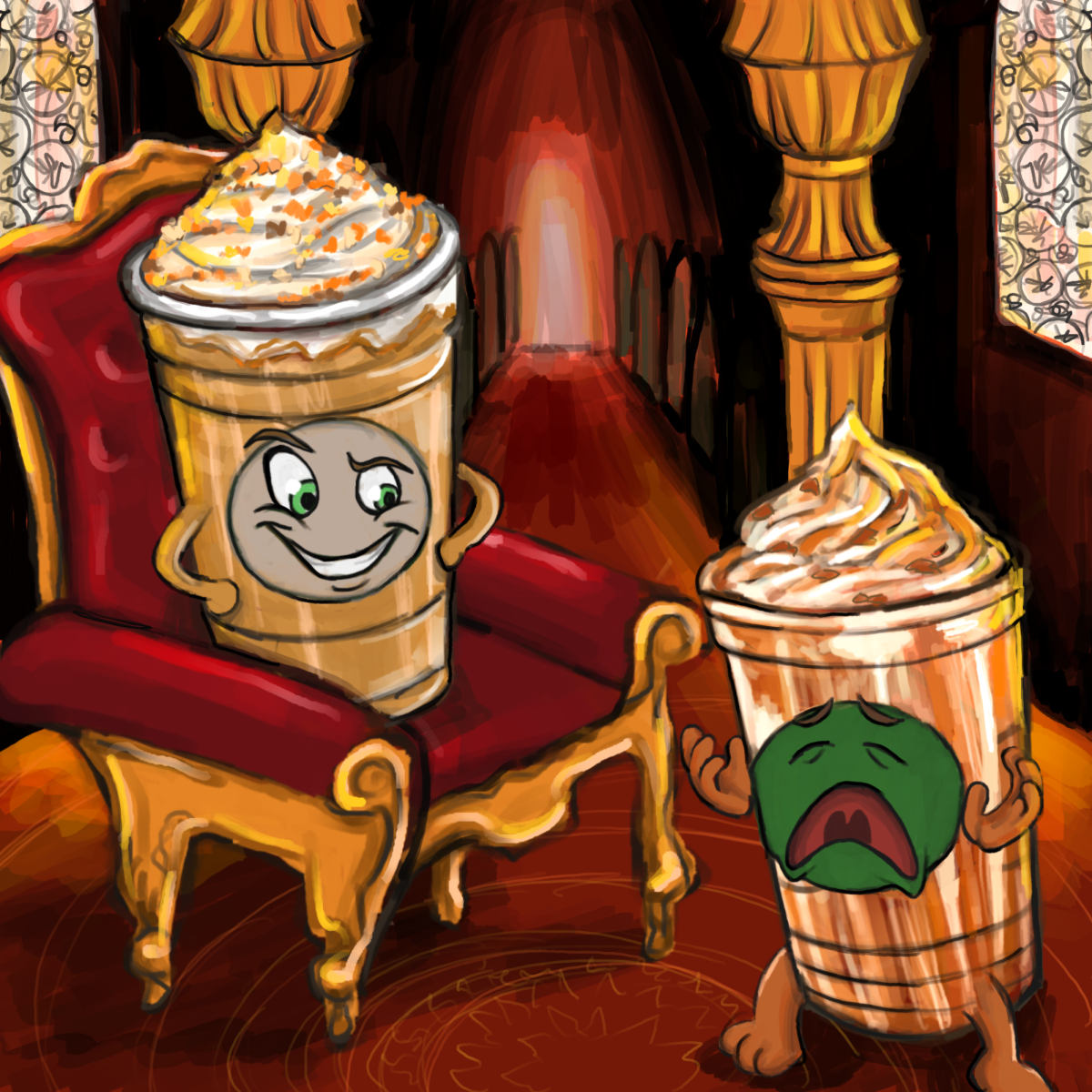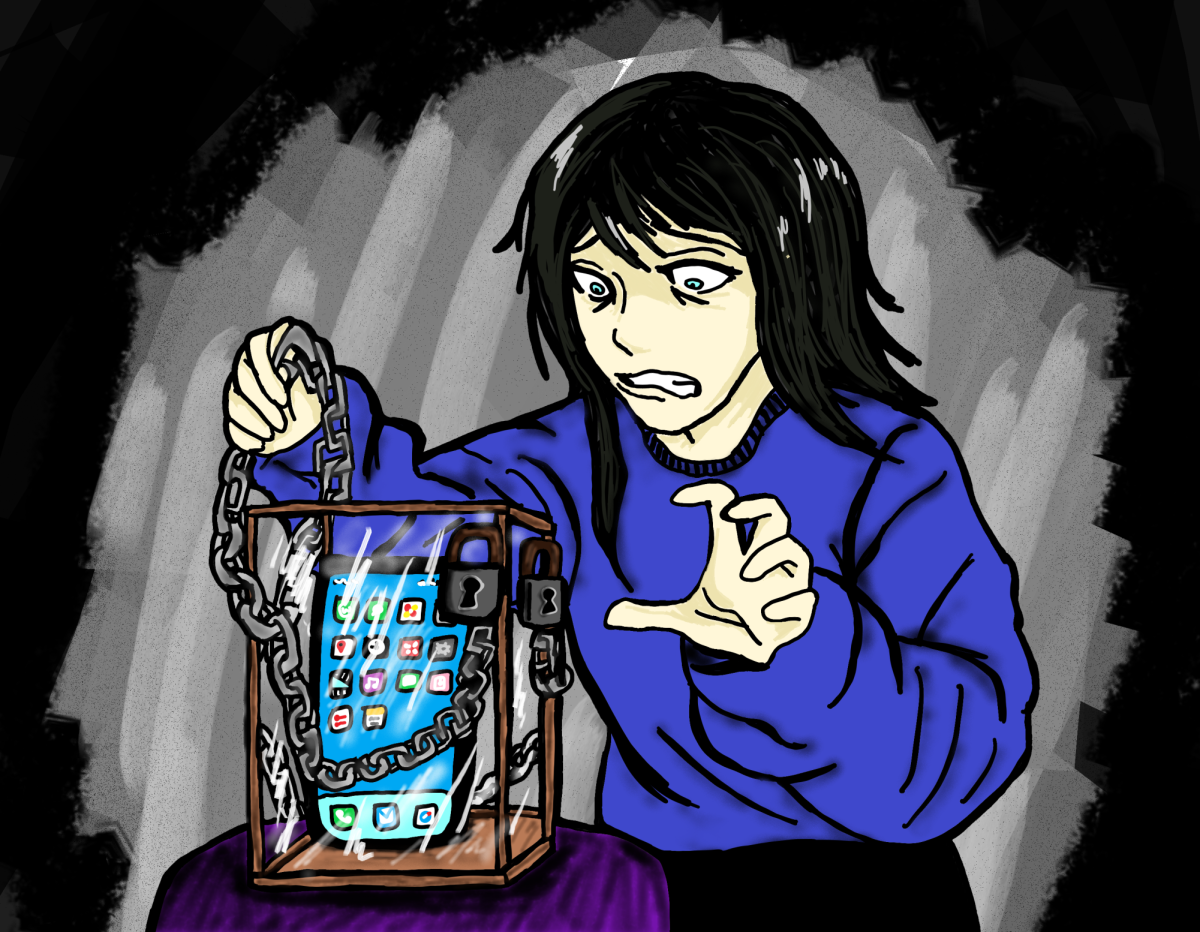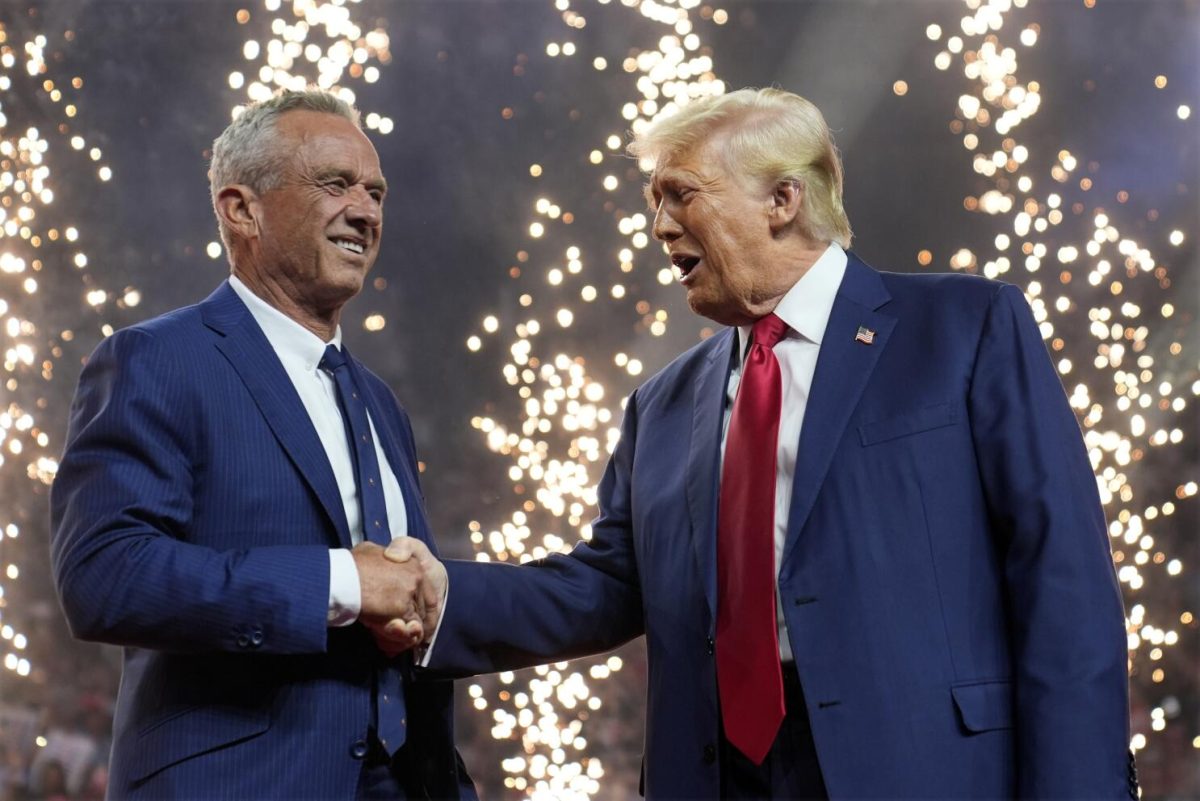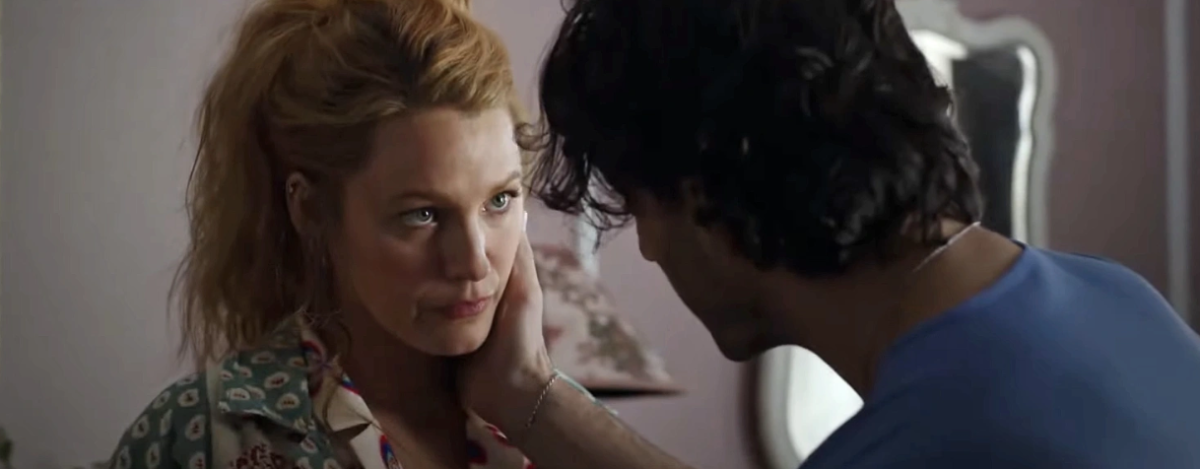The atrocious repetitiveness of modern dystopian novels
By Khushi Patel | Humor Editor
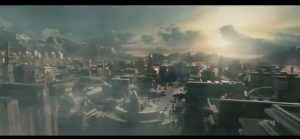
Photo: Utopianist.com
Fahrenheit 451, 1984, Brave New World. All literary classics. All focused on themes of political corruption and miserable societies predicting future misfortune of the human race. Hunger Games, The Giver, Divergent. Pop culture phenomena meant to entertain teens with a glimpse of society that’s so oppressive and despondent that it makes them feel better about their own. The commonalities in this odd collection of novels is that they are all focused on futuristic dystopias. The problem is this focus on future dystopias confines these novels into a category too narrow to create new, innovative dystopias because of the general principle of political corruption and archetypal storylines present in all popular dystopian novels.
The most popular dystopian novels are constructed on the concept of political corruption and “The Chosen One.” While it is true that the duties of “The Chosen One” and the policies of the corrupt governments differ from novel to novel, allowing people to speculate on what our government would truly be like in future dystopia, many share similar characteristics. For example, in both Divergent and The Giver the structure of the government is that most people are born into societal niches. In Divergent, people are born with the abilities of Candor, Erudite, Amnity, Abnegation, or Dauntless with each “career” reflecting a certain personality trait, and are separated into these “factions” once they reach the age of sixteen. In The Giver students reach sixteen and then are assigned roles in the community based on their personalities and skills, such as Caregivers and Drone Pilots. In both these novels there is one character who doesn’t belong to any of these roles, the exception, who will later be “The Chosen One” that overthrows the corrupt political system; in Divergent it is the divergent and in The Giver it is the Receiver of Memories. The societies in both books are set up so similarly that the plots tend to blur together. Someone runs away and fights authority while dodging obstacles with the help of their friends.
At first, these action packed dystopias are thrilling to read but once the pattern becomes obvious after the second or third novel, the books become predictable and tedious. I personally read The Giver, after finishing the Hunger Games and Divergent trilogies and despite the novel’s eloquence, I found the book to be predictable and boring. The only new concepts I found were the fact that their emotions and memories were suppressed and that people were destined for certain niches from birth, but I was only mildly surprised because the same ideas were centers of 1984, Brave New World, and Divergent.
Another recurring staple of popular dystopian novels, is that the storylines revolve around political corruption. In Hunger Games, the Capitol organizes annual “games” in which every district sends two children to fight for their lives as a show of the Capitol’s authority. In 1984, Big Brother and his men capture and torture anyone who commits “Thoughtcrimes” which are crimes that go against Big Brother and the Party. The other novels have similar societies. The repetitive use of political corruption as the basis for their dystopian societies gets tiresome and irritating. There is only a finite amount of ways a government can be so politically corrupt that it creates such oppressive atmospheres as the ones present in these books. There can be no rebellion, oppression of basically all the rights found in the American Bill of Rights, excessive use of force and violence to punish wrongdoers and dissenters; these are the staples of political corruption found in dystopian novels.
Some may argue that The City of Embers saga is a dystopia founded on environmental dystopia, in which the environment has become so terrible that people are forced to live underground. In my opinion, The City of Embers saga is a political dystopia as well because you later find out that the environment on the surface of the Earth is actually fine (perhaps even better than our own environment) and the government of Ember kept the people underground to preserve the human race. Others even argue that The City of Embers is not a dystopia at all because in the next installment, The People of Sparks, the citizens of Ember come across a society called Sparks which functions much like the colonies did in the 1600s and recreate Ember to function as Sparks does.
Popular dystopian novels tend to follow a formula or a general principle in their storylines and structure and after a while they tend to become repetitive and predictable. The concept of political corruption and “The Chosen One” is overused and tiresome. Perhaps, the next great dystopia can be about how current members of the human race doomed our species through the overuse of cars and general destruction of the environment and how we, as a team not an individual, work together to form a new society on Mars.


